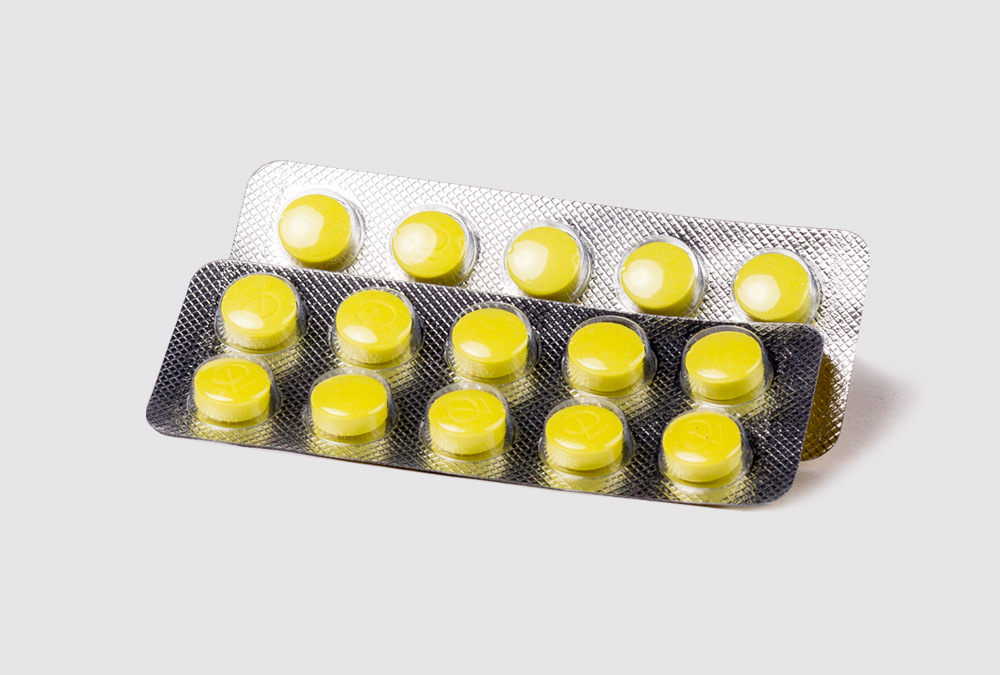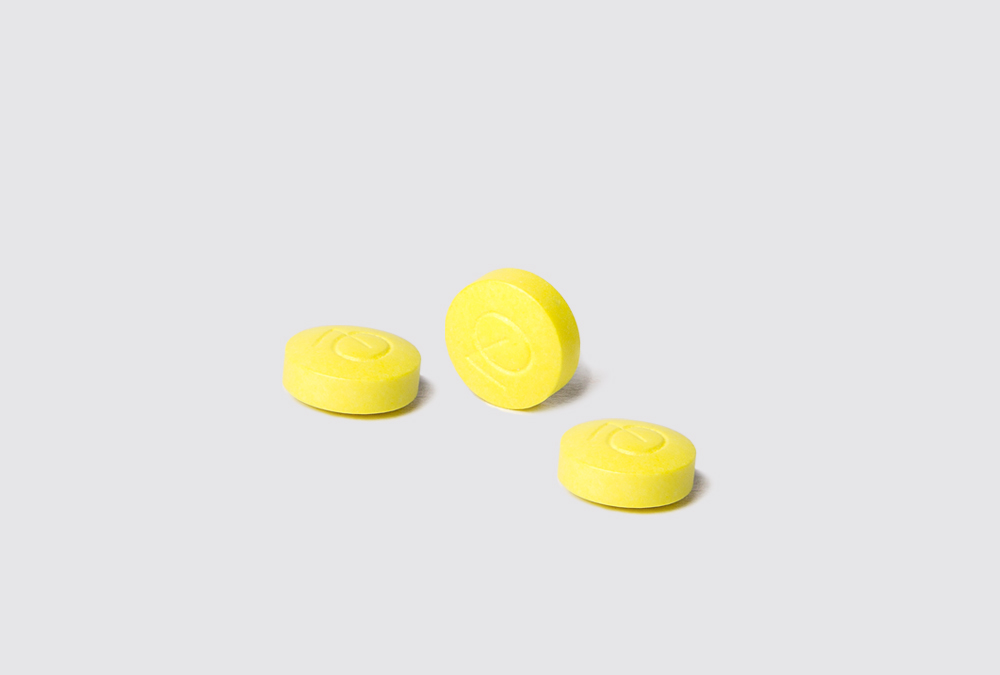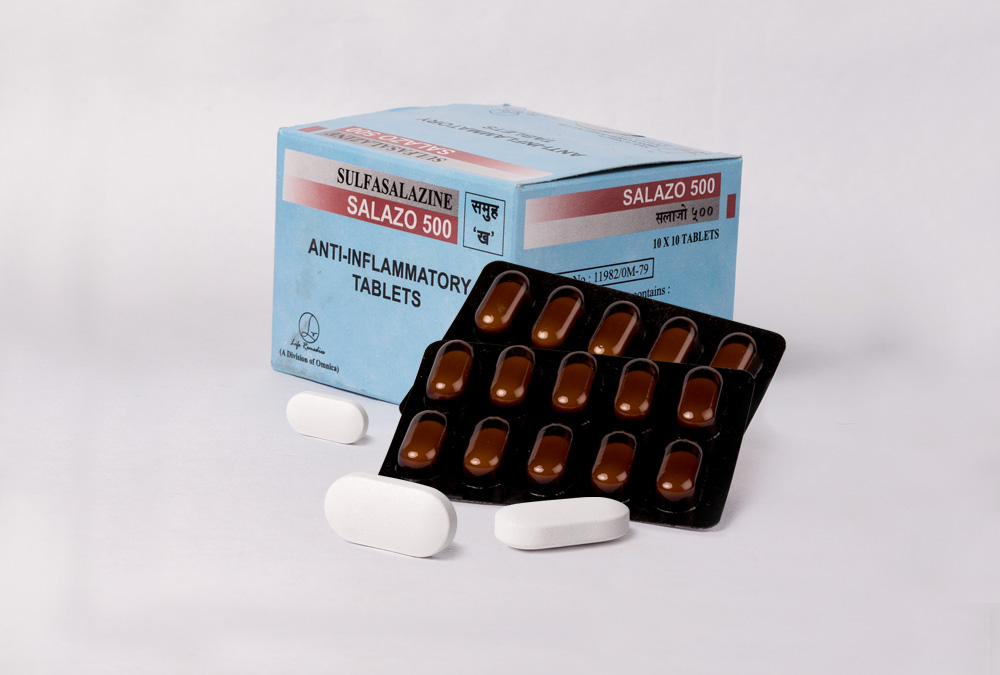Brand Name : AZONE
Generic Name : Azithromycin
Preparations : 250 mg / 500 mg Tablets
Pharmacological Category : Macrolide Antibiotic
Mechanism of Action (MOA)
AZONE (Azithromycin) binds at the polypeptide exit tunnel of bacterial 50S large ribosomal subunit. Then, AZONE interferes with the growth of the potential polypeptide chain of bacteria. Moreover, AZONE inhibits the generation of growth-stimulating, quorum-sensing compounds and alginate biofilm that protects the microorganisms from antibiotic actions.
Pharmacokinetics
- Absorption : Rapidly absorbed from the gastrointestinal tract
- Bioavailability : Approximately 40%
- Peak Plasma Concentration : 2 to 3 hours
- Distribution : Extensively distributed in tissues
- Metabolism : Liver
- Elimination Half-life : Approximately 68 hours
- Excretion : Biliary (major route); urine (6%)
Indications and Dosage
- Acute Bacterial Exacerbations of Chronic Obstructive Pulmonary Disease : One tablet of AZONE 500 mg once on first day then one tablet of AZONE 250 mg once daily for the following 4 days. Alternatively, one tablet of AZONE 500 mg once daily for 3 days
- Uncomplicated Genital Infection caused by Chlamydia trachomatis and for Chancroid : Two tablets of AZONE 500 mg stat
- Uncomplicated Gonorrhea : Four tablets of AZONE 500 mg stat
- Acute Bacterial Sinusitis : One tablet of AZONE 500 mg per day for 3 days or four tablets of AZONE 500 mg stat
- Community-Acquired Pneumonia : One tablet of AZONE 500 mg once on first day then one tablet of AZONE 250 mg once daily for the following 4 days or one tablet of AZONE 500 mg for 3 consecutive days
- Uncomplicated Skin / Soft Tissue Infections : One tablet of AZONE 500 mg once on first day then one tablet of AZONE 250 mg once daily for the following 4 days or one tablet of AZONE 500 mg for 3 consecutive days
- Acute Pelvic Inflammatory Disease : Azithromycin 500 mg IV over 1 hour once daily for 1 day to 2 days then one tablet of AZONE 250 mg once daily for the following 5 days to complete a 7-day therapy
- Acute Otitis Media : one tablet of AZONE 500 mg once on first day then one tablet of AZONE 250 mg once daily for the following 4 days or one tablet of AZONE 500 mg for 3 consecutive days
- Disseminated Mycobacterium Avium Complex Infection:
Prevention :
Primary Prophylaxis: AZONE 1.2 g once weekly or AZONE 600 mg twice weekly
Secondary Prophylaxis : AZONE 500 to 600 mg every day in combination with other antibiotic
Treatment : One tablet of AZONE 250 mg once daily in combination with other antibiotic - MDR Typhoid Fever (mild or moderate): One tablet of AZONE 500 mg for 7 days
- Cholera :
Children: Single dose of AZONE 10 mg or AZONE 20 mg per kg.
Adult : Two tablets of AZONE 500 mg stat - Trachoma : Two tablets of AZONE 500 mg stat
Side Effects
MOST FREQUENT : Gastrointestinal disorders such as abdominal discomfort and cramp, nausea, vomiting and diarrhoea
RARE : Severe hypersensitivity, thrombocytopenia, mild transient neutropenia
Contraindications
History of cholestatic jaundice/hepatic dysfunction associated with prior use of therapy
Warnings / Precautions
- Discontinue if serious allergic reaction occurs. Allergic symptoms may recur, despite initial successful symptomatic treatment without further therapy exposure.
- Discontinue immediately if abnormal liver function, hepatitis, cholestatic jaundice, hepatic necrosis, and hepatic failure occur.
- Consider risk of QT prolongation that can be fatal for at-risk groups, including patients with known QT interval prolongation, history of torsades de pointes, congenital long QT syndrome, bradyarrhythmias, uncompensated heart failure, ongoing proarrhythmic conditions (eg., uncorrected hypokalemia / hypomagnesemia), and clinically significant bradycardia.
- May need to discontinue if Clostridium Difficile-Associated Diarrhea is suspected or confirmed.
- Exacerbation of myasthenia gravis symptoms and new onset of myasthenic syndrome has been reported.
- Prolong use may cause bacterial resistance in absence of proven/ suspected bacterial infection.
- Do not use in patients with pneumonia due to moderate to severe illness or risk factors (eg. cystic fibrosis, nosocomial infections, known / suspected bacteremia).
- Should not be relied upon to treat syphilis.
Drug Interactions
- Aluminum- or magnesium-based antacids can reduce the rate of absorption of azithromycin. Azithromycin should be given at least 1 or 2 hours after antacid.
- Azithromycin increases the effect of digoxin by altering intestinal flora.
- Azithromycin increases effects of heparin, warfarin by decreasing metabolism.
- Amitriptyline and azithromycin both increase QTc interval.
- Calcium carbonate decreases the level of azithromycin by inhibition of GI absorption.
- Phenytoin and phenobarbital decrease the effect of azithromycin by P-glycoprotein efflux transporter.
Pregnancy Category : B
Presentations
AZONE 250 mg : A box of 10 blisters, each blister of 10 tablets
AZONE 500 mg : A box of 10 strips, each strip of 3 tablets







